'The ghetto and the avant-garde': 'Hhomies Magazine' breaks down barriers
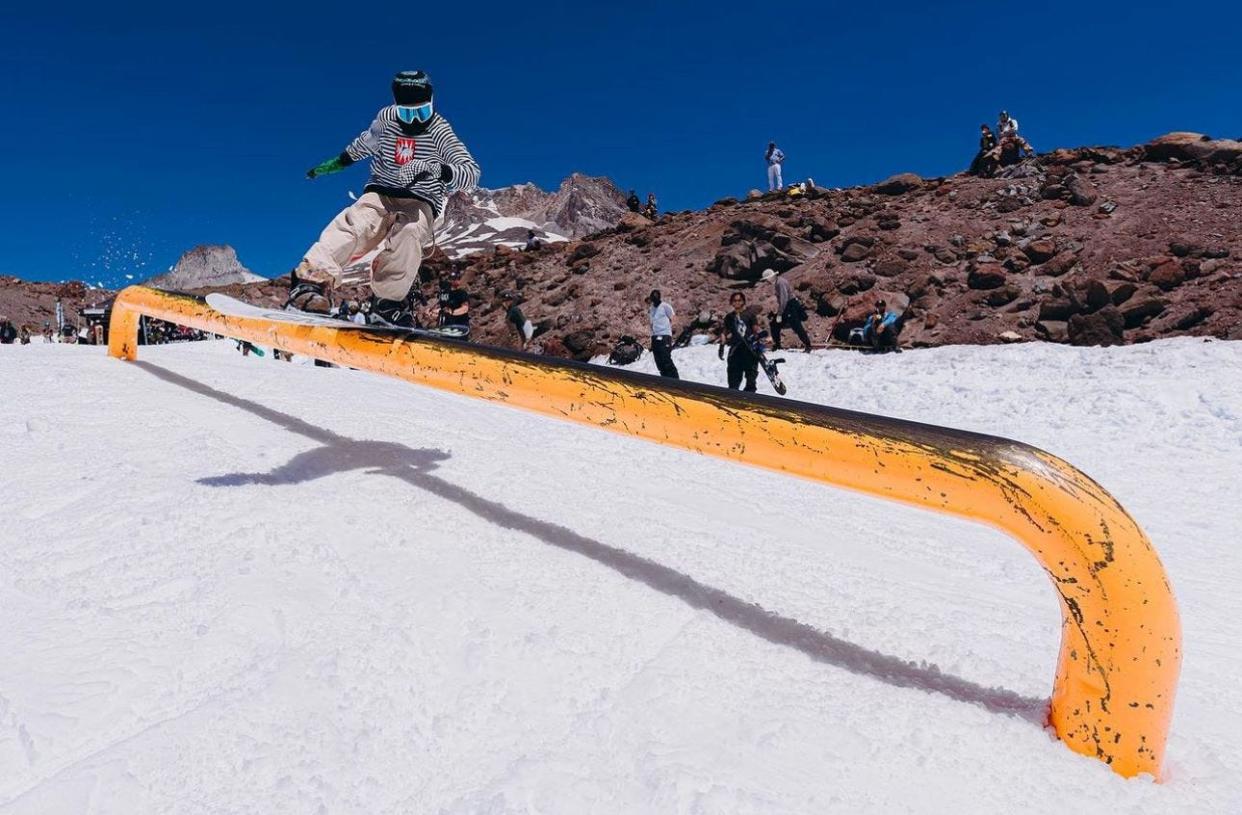
“I need to merge the hood with the avant-garde, because they’re the exact same thing,” David Nolan Cauley, aka David Nolan Abloh, aka D.N.A., told me about halfway through our two-and-a-half-hour coffee sit-down. “When I’m in the streets, the same weird behavior is the same weird behavior in the art gallery ― it’s just that one is depressing to most people and one is liberating.”
He reiterated, “The ghetto in America and the avant-garde, there’s no difference.”
I’d come to meet with Cauley to talk about Hhomies Magazine, an art/snowboarding journal of sorts that he created on an iPhone 7, now available at the ARTS Southeast storefront, 2301 Bull St. But by that point in the conversation it was clear to me that for the Savannah local the book was just a physical representation of a sort of years-long spiritual transformation that the 26-year-old artist had undergone.
“We’re about to get into some mystical stuff, some stuff that I still cannot explain to this day,” Cauley said earlier in the conversation. “I’m talking about legitimate magic.”
From Down South to Mountain High
Cauley grew up in government housing right here in the Hostess City of the South, and used to sneak food from the Savannah College of Art and Design (SCAD) cafeteria to fight off hunger. He’s lost four childhood friends to violence, including one through suicide. He spent a portion of his early adult life homeless, sleeping outside of the Apple Store in New York City, working at a Christmas tree lot just to put a few dollars in his pocket. He suffers from anxiety and has spent time in a mental health facility.
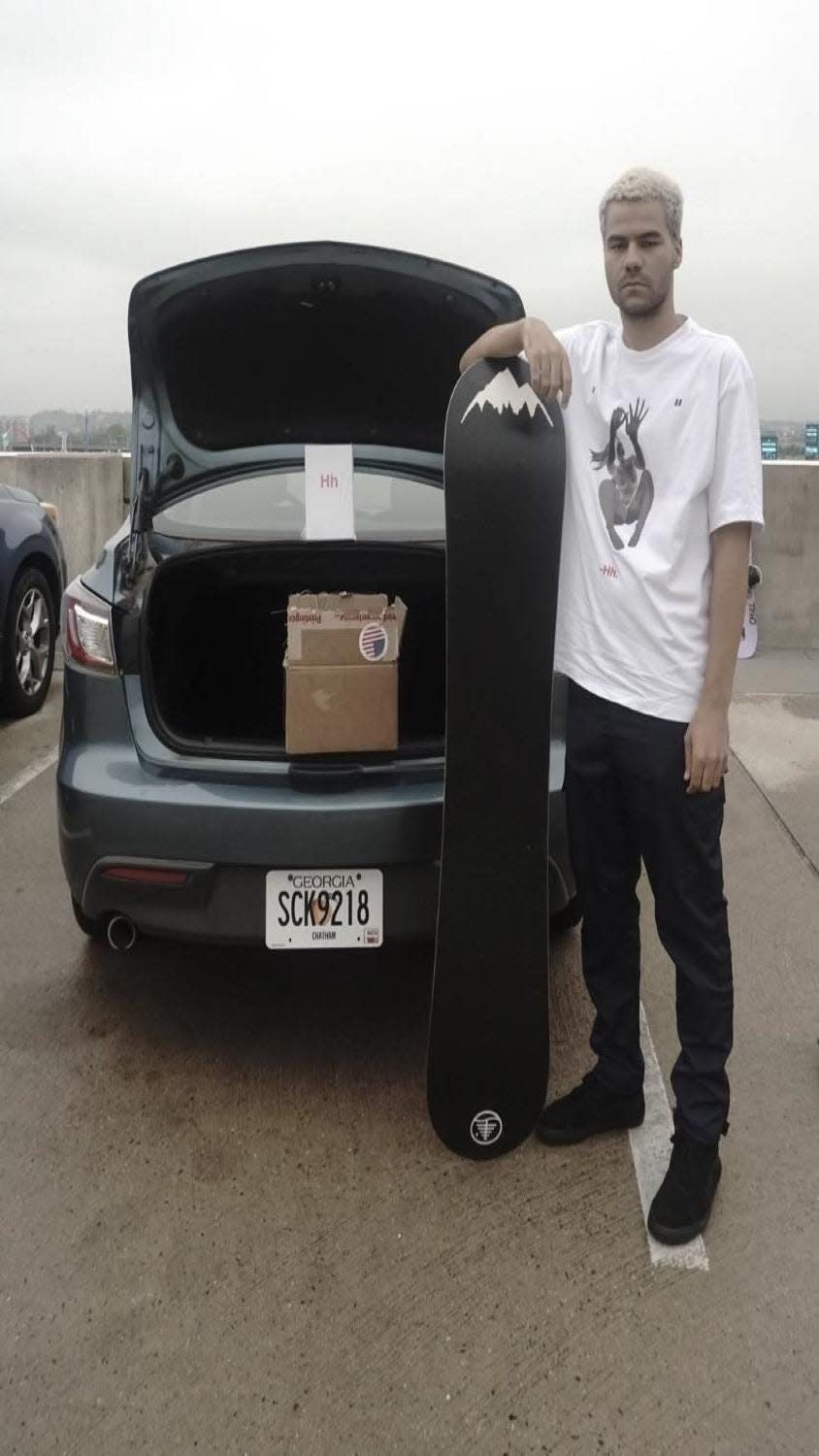
But Cauley has always had a creative spark, and when he was younger he was able to pick up photography from a local 21st Century Community Learning Center after-school program. The time spent on the streets of New York afforded him the opportunity to see great art right on his doorstep. And the library, where he spent an inordinate amount of time while homeless, was full of books about creative innovators, books he consumed voraciously. They combined to keep him on the right path, even when it felt like everything was going wrong in his life.
“[Photography] symbolized some type of freedom,” he explained. “Especially me, I’m from [government housing], and I’m coming back with photography. I was supposed to be on drugs or in jail.
“I want to be like [Andy] Warhol,” he added. “I want to be like Jean-Michel [Basquiat]. I want to do like they did and blow up the world. I just want to break it all down.”
His first professional opportunities were shooting for a few Atlanta-based magazines and graphic design projects, experiences that helped Cauley get “real good at taking pictures,” he said. But none of those jobs satisfied that inner voice that was telling him to push himself farther.
Then, almost on a whim, he got a position out west at Sun Valley Ski Resort in late 2020, not as a photographer, but working the counter. From there he skipped between resorts over the course of the snow season, before finally landing at Frisco Adventure Park in Colorado, a little over an hour outside of Denver. That’s when one of his co-workers gave him a snowboard, and his first chance to test the slopes.
“I was like, ‘What do you mean? Why are you giving me two thousand dollars worth of equipment?’” Cauley remembered thinking at the time. “This is money, though?”
It completely changed his perspective, helping him to lose “that mentality of lack,” as he put it.
“From where I come from, losing that mentality of, ‘Yo, you can’t have this.’” He explained. “So that instantly disintegrated it. [Snaps fingers] It’s gone. I get handed those snowboard boots and I’m like, ‘Whoa.’”
Interestingly, his first day on the mountain in his new gear was January 6th, 2021, the same day as the attack on the U.S. Capitol Building.
“That was an amazing day for me,” said Cauley. “That’s when all reality was crumbling. No, not for me.”
“As much as I tried to fight everything, I just died,” he explained metaphorically. “‘Everything you’ve been taught was a lie. You have a real mission. You have to do something now. You have to act right now. If you don’t act it’s over.’”
“That’s the type of seriousness and level of mystery and introspection that I was having,” he said of that inaugural outing. “This is snowboarding, but this is deathly serious.”
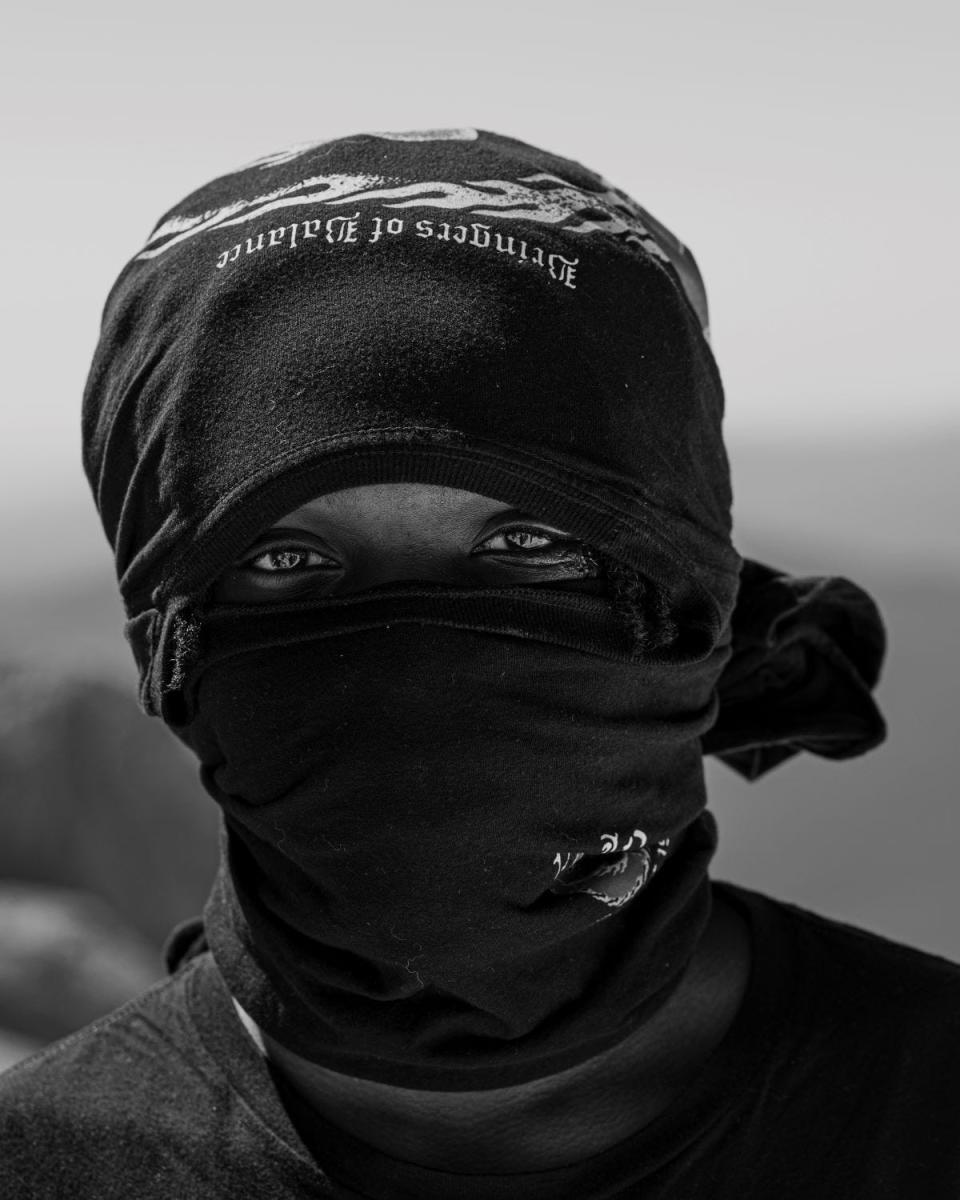
Homies become Hhomies
Around the same time, several other young black men were finding themselves drawn to the sport for the first time, folks who grew up in circumstances where snowboarding was but a distant dream, something that happened on television or in video games, not in real life. One such aspiring boarder was Niall Noel, aka “Naps.”
Noel currently calls Brooklyn, New York, home, but he was born in the United Kingdom. He grew up playing soccer and skateboarding, the latter of which he admitted he was “pretty bad at.” When he’d heard that a massive indoor snowboarding center known as Big SNOW American Dream had opened in New Jersey in late 2019, however, he was intrigued and aimed to give it a shot. Without a car but determined, it took him over two hours to get to the place via a series of trains, busses, and a 15-20 minute walk along a highway.
All to crash and burn.
“I pretty much got smoked the first day I went there,” he laughed. “Thinking I know what I’m doing. The instructions were so easy!”
Not be be dissuaded, however, by early 2021, the same time as Cauley was hitting jumps for the first time out in Colorado, Noel made a weekly sojourn to the indoor slopes a part of his routine, in spite of its challenging commute times. And he wasn’t the only one.
“You never saw any Black people,” noted fellow snowboarding enthusiast and future Hhomie Darius Brown, aka Shum. “So when you’re in there, you’d be at the top of the hill, getting ready to take a lap down, and you’d look at the bottom, and you’ll notice a black person. They stick out like a sore thumb.”
That’s how he first noticed Noel, among others, riding the hills, learning at every trip down the mountain, just like he was.
“The Hhomies and I, we’re literally just a group of kids, a group of dudes, we all came from different walks of life,” Brown related. “We all fell in love with snowboarding at the exact same time. And we all kind of connected by being the minorities on the hill.”
At first that connection was informal, just a group of friends, bonded by their love of snowboarding and their status as minorities on the mountain. But after a while, as their numbers swelled and their connections diversified to included boarders across the country, one of their members, Michael Robinson, aka Mikey Murda, suggested they formalize their group.
The Hhomies was born.
“H is supreme, and the Hhomies are the supreme team,” Cauley said with a wink.
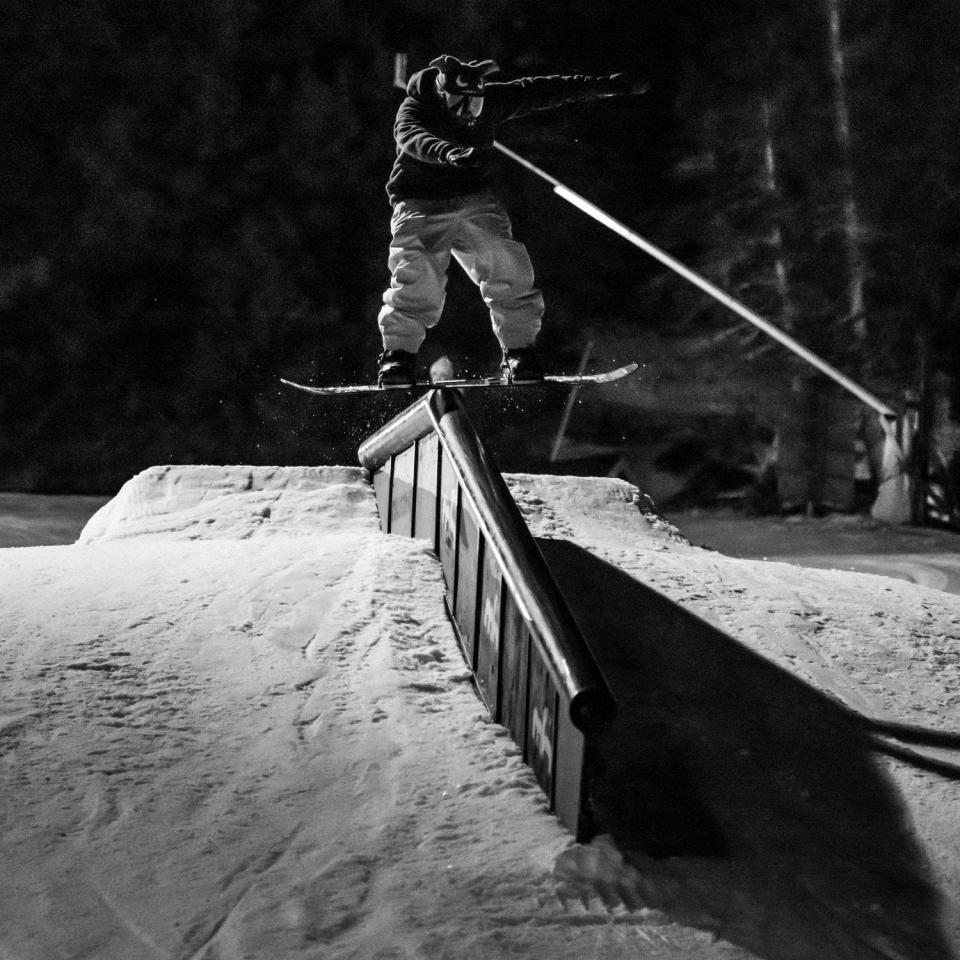
“This sh** breaks barriers.”
“Snowboarding is about [community] too, being able to put underprivileged people in those rooms and have that connecting factor of this love for snowboarding, so then you can be like, ‘Let’s talk about these tax codes,’” explained Cauley. “This sh** breaks barriers.”
The Hhomies publication Cauley put together looks like an amalgamation of an art journal and a snowboarding magazine: On the one hand it’s filled with seductive images of fashionable snowboarders backed by white snow and blue skies; while on the other hand it’s also got conversational snippets pulled straight from text messages. It makes for an intriguing juxtaposition.
“I put so much intent into that book,” Cauley said. “So, when people grab it, they think, ‘Oh, this is just paper.’ And I’m like, ‘You don’t know what you just did.’”
For the emerging Savannah-based creative, the magazine is the culmination of a journey that began years earlier, in government housing, surrounded by some who would see his life go in another direction. The fact that it even exists is, in many ways, a triumph, but it also happens to be good. It’s an homage to the bond that these young men have formed, a collection of words and images that tell an authentic story of shared magic, in a world dominated by falsehood and cynicism. It’s as refreshing as the biting cold on a snowy winter’s day.
“It’s like this shit found me,” Cauley opined near the end of our lengthy conversation. “You’re going into this uncharted territory and you’re like, ‘There’s nothing at the end, but we’re gonna keep going.’ For where I’m from? I’m gonna keep going.”
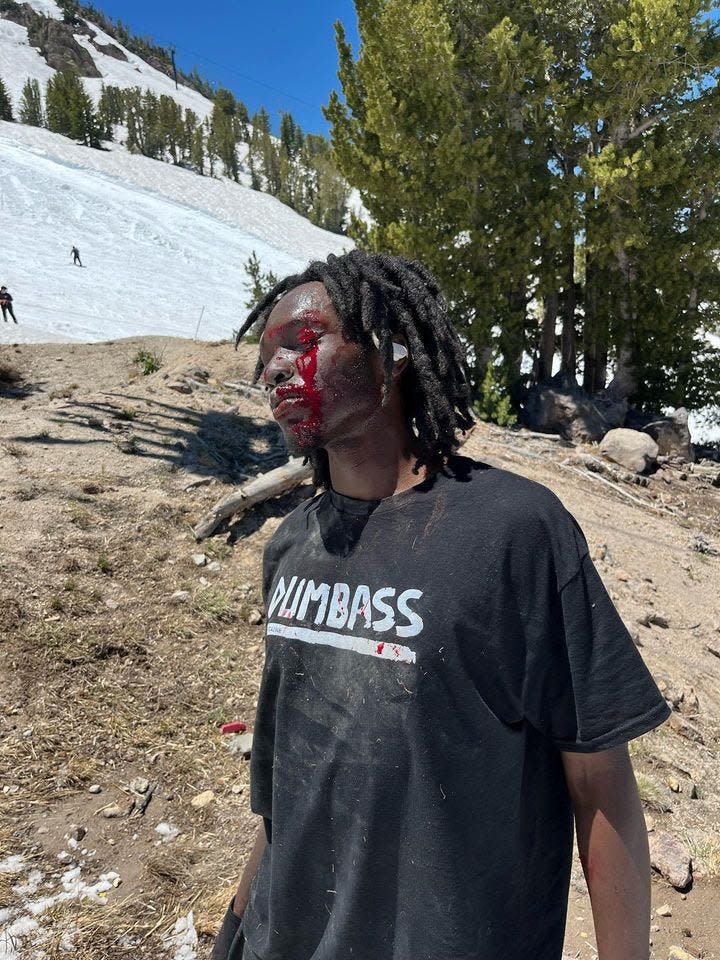
“This is something that could change our lives,” he went on to say. “We’re not supposed to be here.”
Find the Hhomies on Instagram @the.hhomies, as well as individual members David Nolan “Abloh” Cauley, Darius “Shum” Brown, and Niall “Naps” Noel @davidnolanabloh, @notshum, and @naps.exe respectively.
This article originally appeared on Savannah Morning News: In Hhomies Magazine, Black snowboarders find art, liberation on slopes

